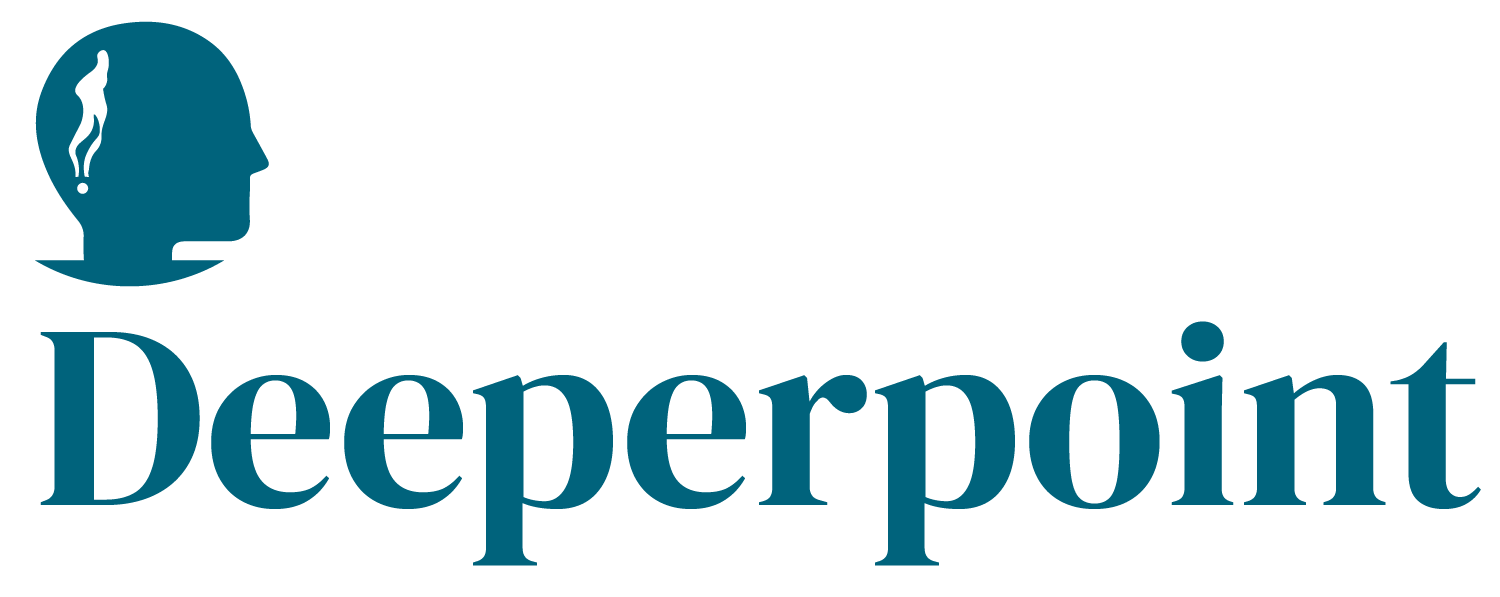Vision
WCCE enables landowners, conservation groups, and agencies to coordinate habitat corridors that reconnect fragmented ecosystems. The vision is a living map where habitat contributions—fenced easements, hedgerows, crossings—are visible, verified, and jointly planned. Sponsors strengthen biodiversity while offering landowners new stewardship incentives and recognition.
Problem
Corridor planning is dataIintensive and slow; property records, satellite imagery, and conservation easements live in disconnected silos. Landowners lack clear pathways to participate or confirm eligibility for incentives. Agencies cannot easily identify the most costIeffective connection gaps, resulting in fragmented spending and underperforming habitat networks.
Solution
Cosolvent harmonizes mapping standards, easement templates, and monitoring protocols. LLM+RAG ingests uploaded legal documents, GIS metadata, drone photos, and regulatory PDFs so participants can ask contextual questions like “does my property qualify for pollinator corridor funding?” ClientSynth simulates multiIparcel corridor designs and projected species flows to show sponsors where targeted interventions yield outsized ecological and PR returns.
Business Model
Income derives from subscription tiers for conservation NGOs, consulting use, and sponsored mapping challenges. Over time, anonymized ecological impact datasets can be licensed for academic and policy use, ensuring recurring revenue while amplifying conservation ROI.
